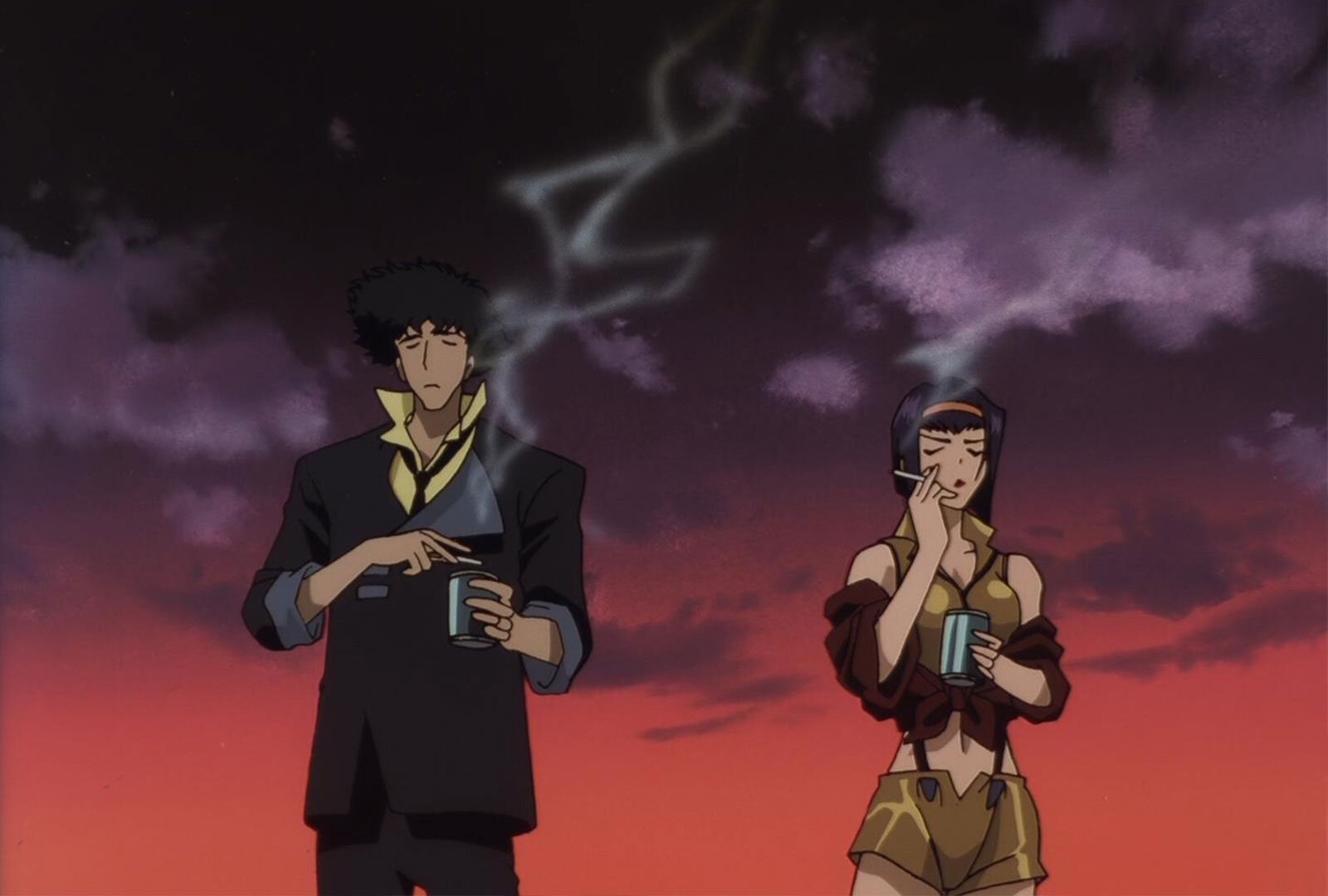Anime Music Videos - The Subcultural Phenomenon That Is Taking Music and Anime To Another Level

Music definitely transforms the mood of any scene.
You’ve probably pictured yourself as the main character in a tearjerker music video, staring out the train windows and watching rain droplets race one another down as some sad song from shuffle plays on your phone.
Or you’ve found yourself summoning the inner saiyan as you get prepped to break a PR at the gym, 808s booming through your headphones. Whatever the occasion, music is usually the best representation of emotion, however intense or mellow.
Now, imagine that your favorite $uicideboy$ song was played over an intense fight scene, further amping up the heat, yet still keeping the same dark, insane, and “hell spilling over” effect. Here enters the AMV [anime music video] that covers everything from the “hype” of a lightspeed Dragon Ball Z fight to the pain of the singular silent tear rolling down the cheek.
AMVs are fanmade edits of a single or multiple anime spliced together to match the song's theme used in the videos. The visual elements that an AMV provides allow the watcher to enjoy the song from a different perspective, feeling the emotions vividly like a cinematic experience.
A simple YouTube search will return thousands of AMVs. Most anime are usually held to 24 fps [frames per second], making the experience enjoyable but, at the same time, not enough. Nowadays, editors are able to increase the frame rate of an anime to upwards of 60 fps, giving the visuals a smoother, almost movie-like finish.
This certainly benefits the anime visuals well and it is certainly refreshing to see Tanjiro from Kimetsu no Yaiba [Demon Slayer] unleash his sword in all the glory 60 fps has to offer.
AMVs seem to satisfy one of two needs: provide music to an already great anime scene or match the emotion of a song by editing together clips of one or multiple anime. The difference between these two needs lies in the tone set by the AMV.
In providing music, the anime itself is edited to cut out dialogue, level off the flow, or highlight the poignant scenes; the songs are simply there to provide more impact for the already wild scenarios. In this realm of AMVs, fights are usually the highlight with everything from new-age anime like Jujutsu Kaisen’s Sukuna and Megumi facing off to the OGs like Berserk’s Guts fighting Nosferatu Zodd.
The music itself takes greatly from the hip-hop and rap scene as a majority of fan-favorite songs are by $uicideboy$, XXXTENTACION, or Playboi Carti.
The combination of contemporary music and new-age anime is not limited, as there are $uicideboy$ songs paired with Cowboy Bebop scenes or vice-versa, with Eminem’s lyricism gracing One-Punch Man’s wild and wacky brawls. It is no surprise that most of these AMVs have a tone of intensity, combat, and perseverance, pushing past one’s limits to secure the end goal and beat the bad guy.
The other side of the AMV spectrum is matching anime scenes to the song’s emotion, with the most popular scenario being sad, or similar negative emotions, thus creating a melancholic tone. The anime scenes most commonly seen in this category are depressing, taken from the most heart-wrenching moments of an anime: Tanjiro finding out his entire family has been killed, Roy Mustang reflecting on the death of colleague and friend Maes Hughes, or Koro sensei’s death in Assassination Classroom.
The anime themselves do not have to be unhappy stories because the scenes are curated and selected based on the emotional effect they may have on viewers. The AMVs found in this field play on the emotions of sadness, emptiness, and loneliness and aid the viewer’s further spiral into misery, with the scenes themselves ranging from actual tears and anguish to quiet, poignant moments of reflection and silent despair. It is also common for there to be over ten or more different animes in a single 4-minute video, compared to the one to two extremely fast-paced, feverish AMVs.
Contrary to its more intense counterpart, the sad AMV takes less from hip-hop and rap and instead opts for more sorrowful pop, indie, or melodic rap songs. A different subgenre of the sad AMV is the sad lo-fi edits where songs by artists like Shiloh Dynasty reign supreme. Though slightly meme’d on, this genre further caters to the slow downward spiral of emotions felt by almost every pre-adolescent. More interesting in this category is the use of more western forms of animation and media, with “depressed and drunk Rick” from Rick n Morty, or the “depressed Bart Simson” from The Simpsons adding to the visual aspects.
Ultimately, AMVs serve the purpose of augmenting emotions. The way they spin the anime reality tickles the brain in all the right spots, allowing audio and visual perception to feast. To the gym rat, they are the perfect pre-workout soundtrack while, to the worn-out lover, they are the key to freeing all the pent-up emotions. With AR [augmented reality] and VR [virtual reality] now affluently mainstream, only time will tell how AMVs will evolve.
Author Bio:
Seb Paez was born and raised in the Philippines before coming to Tokyo for university. He hopes to one day own a chubby seal.
Edited by Mizuki Khoury





